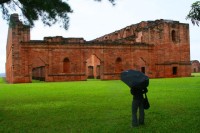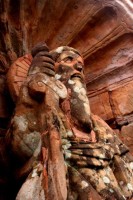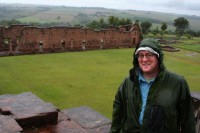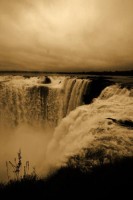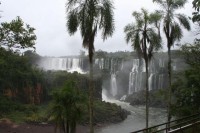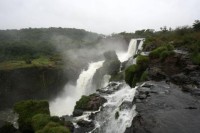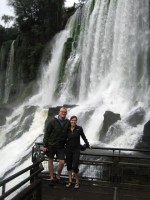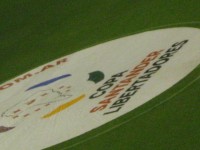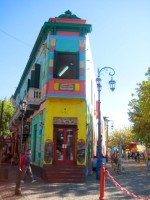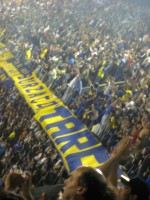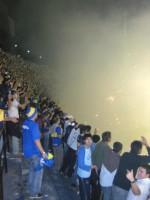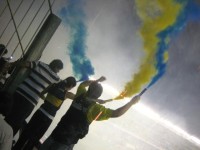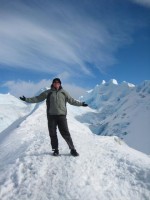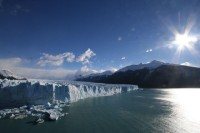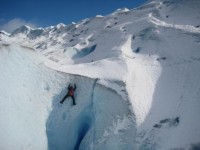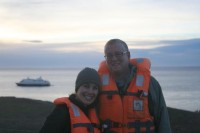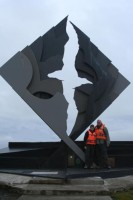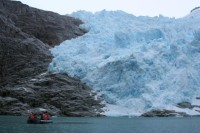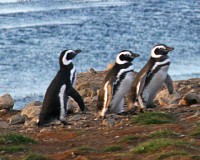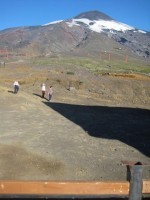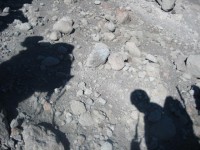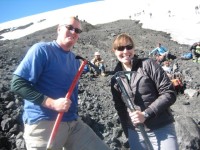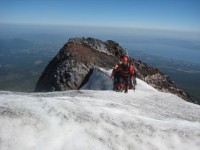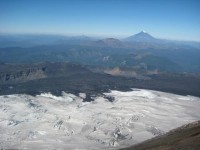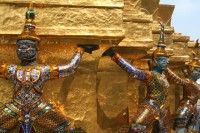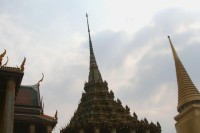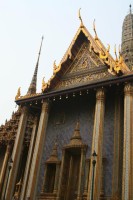Mon 12 May 2008
Living History
Posted by Derek under South Africa
No Comments
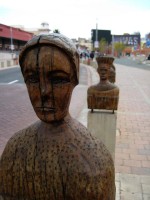
Affectionately called Jo’burg or Jozi by its residents, Johannesburg, South Africa is one of the most interesting cities in today’s world. A huge, sprawling city with over 6 million people, it is the heart and soul of South Africa and a remarkable study in contrasts. In the suburbs to the north of the city, glitzy shopping malls abut world-class restaurants and million-dollar homes. Elsewhere in the city, you will find poor townships filled with countless shanty houses built with scrap found on the roadside.
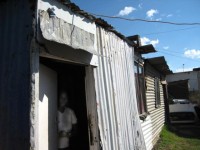
The city came to being when gold – a LOT of gold – was discovered here in 1886 by a white prospector. The rush was on, and it was massive. The gold operations were founded by the white settlers in South Africa and hundreds of thousands of black men from all around the country came to Jo’burg seeking employment in the mines. The tensions between the black majority in South Africa and the white minority started to flare. Eventually, this tension led to the white minority instituting one of the most infamous and horrific sets of laws in history – apartheid, which means “apartness” in the Africaans language. Effectively, apartheid stripped virtually all legal rights away from blacks and ensured that whites would be isolated from blacks. After decades of resistance from thousands of freedom fighters, including Nelson Mandela, apartheid was finally abolished in 1990 and led to free elections in 1994, whereby Nelson Mandela was elected president.
When we arrived, we didn’t know what to expect. We’d heard of the infamous crime in Jo’burg with some visitors to South Africa choosing to skip the city altogether in order to play it safe. As we drove to our bed and breakfast in Sandton (a northern suburb), we felt right at home as we passed chain restaurants and corporate offices. We knew we were far from home when we arrived at our bed and breakfast and found that it was protected by 10-feet walls, a security gate and a security system that the White House would envy.

During our first day in the city, we stuck mainly to the northern suburbs, completing a few errands and having dinner with a lovely couple who lived in Knoxville, Tennessee for eight years before moving back home to South Africa. ((The couple – Gert and Johandie – was introduced to us by our friend, Rebeccah, who used to work with Gert in Knoxville. Thanks, Rebeccah!!!)) On our second day, we ventured out in our rental car to walk around downtown Jo’burg and visit a local museum. We were slightly nervous while driving because we had been warned of “smash and grabs,” where criminals will break your car window and grab anything you have in the car. We locked everything in the trunk as we drove and only received smiles from everyone we encountered.
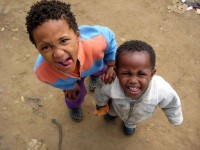
On our final day in the city, we took a tour of Soweto, which stands for South Western Township due to its location a few miles south and west of Jo’burg. Almost as large as Jo’Burg, it was here that the blacks living in white areas of Jo’burg were forced to move when apartheid made it illegal for blacks to live near whites. This was also the area that became the center of the freedom struggle for blacks. Nelson Mandela and other freedom fighters made their homes here and used the area as a base for waging protests.
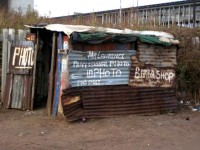
During our tour, we walked the streets of the township (where we were welcomed by hellos and waves from the friendly residents), attended a vibrant church service and visited the Hector Pieterson Memorial. ((Hector Pieterson, a 13-year old boy, was made famous when a picture was taken of his dead body being carried through the streets of Soweto by another boy after Hector was shot by a policeman during a 1976 gathering where students were protesting a new requirement that school be taught in Africaans – the language of the white people of Africa but barely spoken by most of the black students. The expressions on the face of the boy carrying Hector and on the face of Hector’s sister running next to him are haunting. This picture was widely circulated throughout the world and helped spark worldwide protests against apartheid.)) The highlight and most difficult part of the tour was our visit to Kliptown, one of the poorest areas of Soweto. With no electricity, infrequent garbage pick-up and a limited water supply, it’s hard to believe that these living conditions exist just a few miles away from the wealthy suburbs to the north. Fortunately, some private organizations, including the NBA (evidently, Marcus Camby and Ditembe Mutombo visited a few years ago), have given funding to non-profit organizations working in Kliptown, and certain meals and enrichment programs are provided free-of-charge to the thousands of children living here. Before we left Kliptown, we went to a community center where we happened upon an impromptu drum and dance performance by some local children – an amazing performance neither of us will ever forget.
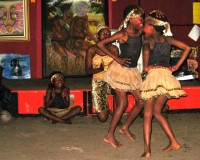
As we left Soweto and headed back to our comfortable lodging in the northern suburbs populated almost exclusively with whites, it became clear to us that, while apartheid is no longer the law in South Africa, the wounds inflicted by it will remain for years. Being in Jo’burg when we were – after apartheid but before its nasty traces are fully erased – gave us the sense that we were there in a very historic time. Generations from now, people will surely remember these years as a time of transition for the city. We can only hope the scars of its past don’t run too deep.
[embedplusvideo height=”350″ width=”450″ editlink=”http://bit.ly/1mFGba5″ standard=”http://www.youtube.com/v/bkFB1VvHWBg?fs=1″ vars=”ytid=bkFB1VvHWBg&width=450&height=350&start=&stop=&rs=w&hd=0&autoplay=0&react=1&chapters=¬es=” id=”ep1336″ /]
Google Video
